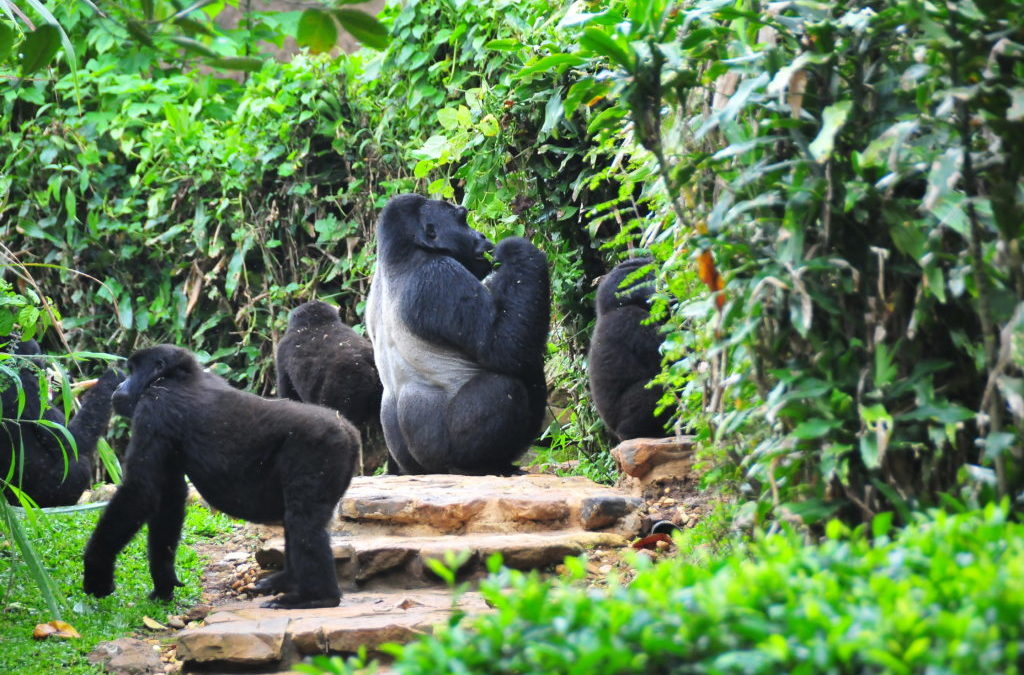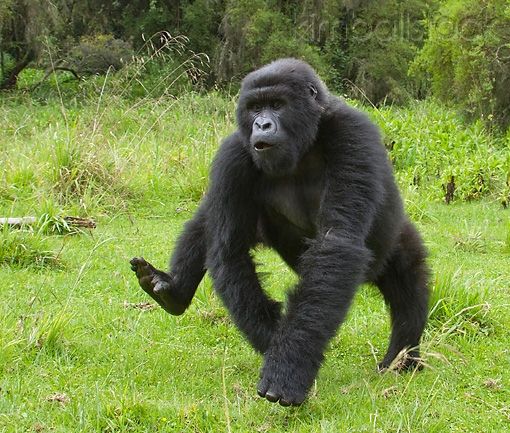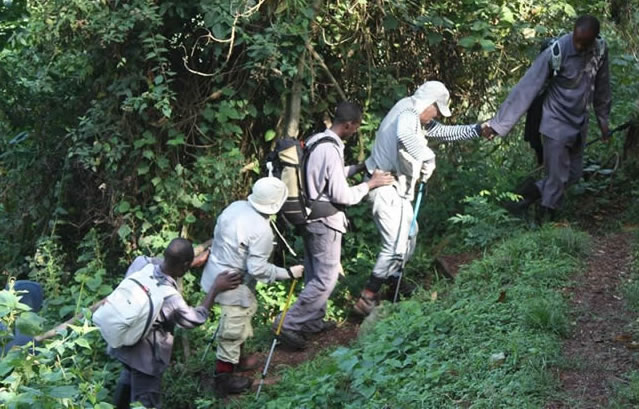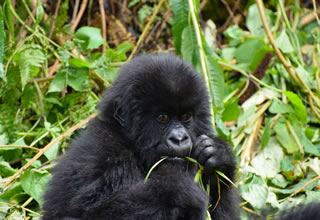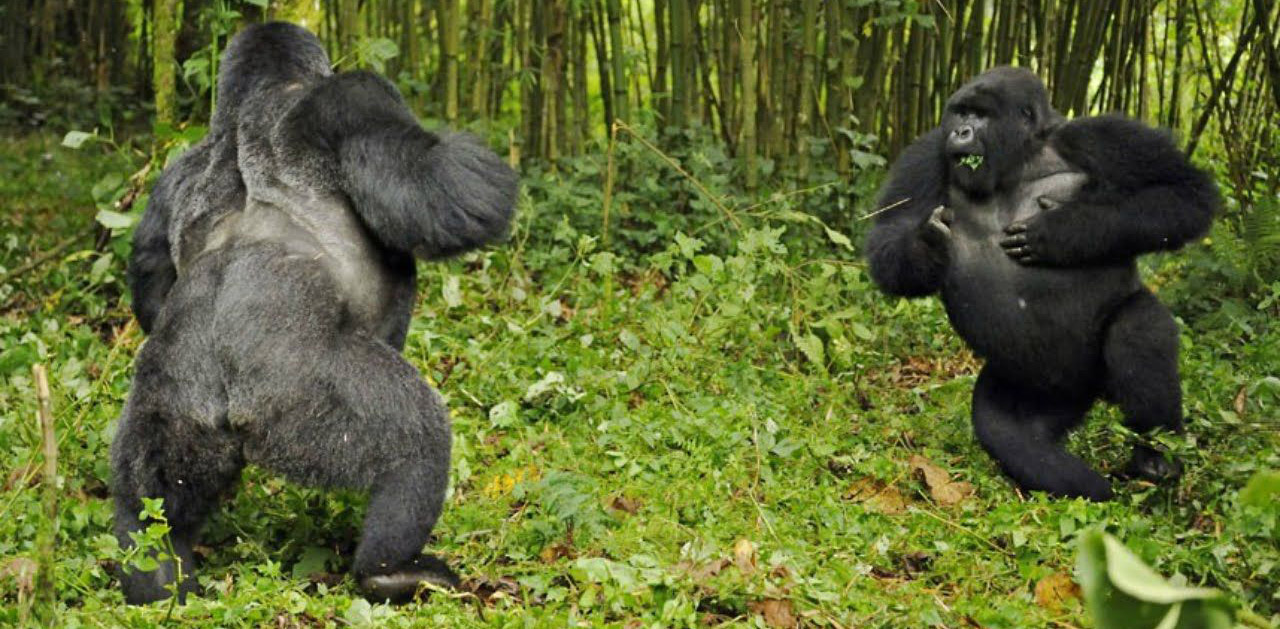
Gorilla Families In Uganda
February 8, 2023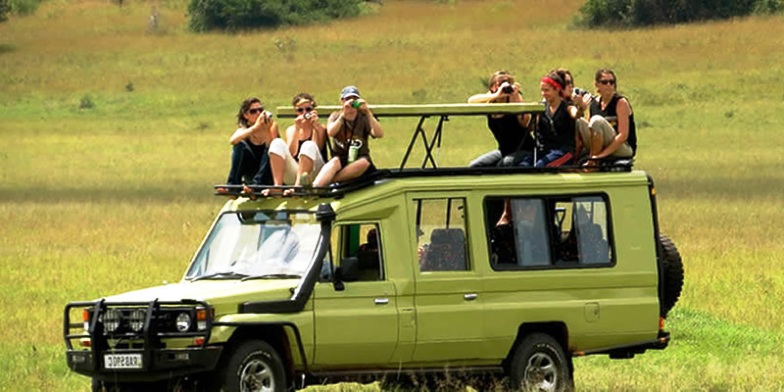
20 Reasons Why You Should Visit Uganda
February 10, 2023Threats of gorilla tourism in Uganda, Rwanda, and D.R.C.
Gorilla tourism has recently been on a boom compared to the past years. However, there are still many threats and challenges conservationists encounter both in tourism and the conservation of gorillas in the wild. With severe threats still existing, the survival of species such as mountain gorillas and Eastern lowland gorillas is at higher risk thus the need for collaborative efforts.
Where can I find a family of mountain gorillas?
Mountain gorillas occupy only the Virunga Region and Bwindi Impenetrable National Park, East-Central Africa. The other 2 sub-species of Western gorillas (Western lowland gorillas and Cross-river gorillas) are commonly spotted in Western African countries.
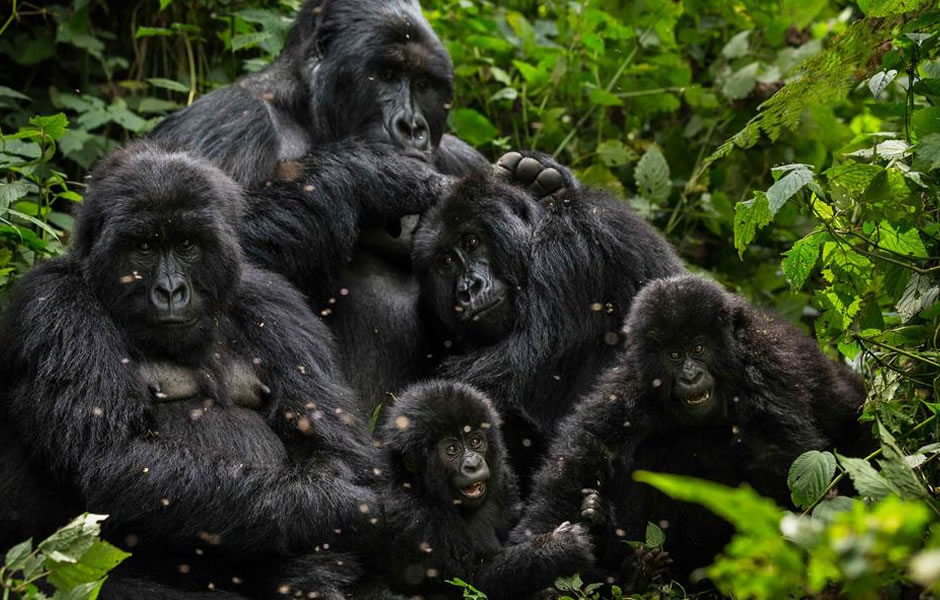
In the 1980s, there were less than 400 mountain gorillas thriving in the wild. At the time, the survival of these unique apes was really doubtable. But thanks to collective conservation efforts for the past decades that have resulted in the increase in mountain gorilla population to currently 1063 individuals.
Despite the gradual increase in gorilla numbers, they still encounter threats and challenges such as poaching, habitat loss, political unrest, and the spread of infectious diseases. These do not only affect the gorilla population, but also the tourism sector.
Habitat loss
All gorilla tourism activities in Uganda, Rwanda, and D.R. Congo are done in the natural tropical forest-dominated conservancy areas. These are the main habitats of mountain gorillas and the eastern lowland gorillas, unfortunately, there is too much human pressure exerted on them as humans clear forests for settlement and cultivation.
Clearing their natural habitats means, they don’t have where to stay and thus gorilla tourism is also affected. The other main factor is oil mining/mineral exploration, especially in the D.R. Congo but some of these activities have been controlled thanks to advocacy work.
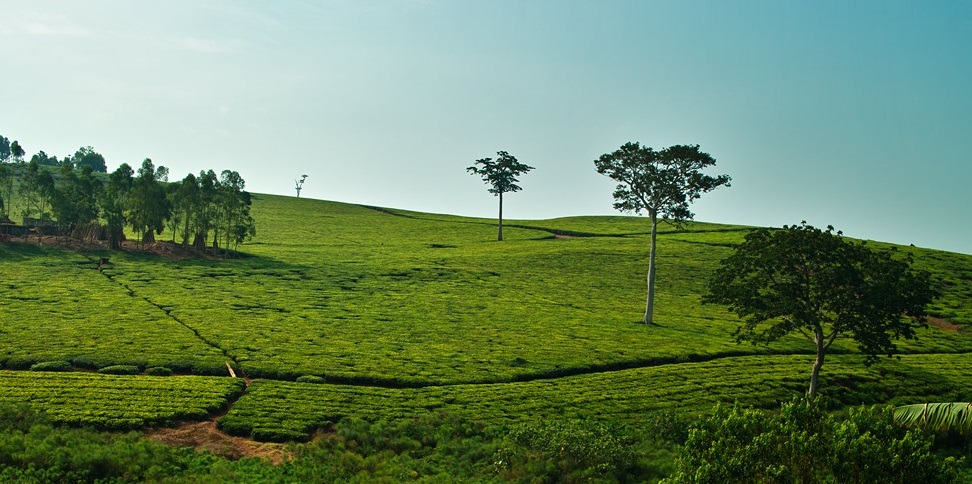
There are only 2 places that mountain gorillas call their home. That is Bwindi Impenetrable Forest and the Virunga Mountains. To ensure these apes live for future generations and their habitats stay intact, there is a need for sustainable alternatives and investing in economically generating activities that meet the local communities’ needs.
A wide spread of infectious diseases
Gorillas are the closest relatives to mankind. We share up to 98.2% of our DNA with gorillas thus making them vulnerable to some human infectious diseases. Any exposure to diseases like scabies, and respiratory diseases, put them at a higher risk. To see gorillas involves visitors navigating through the forest and this means, there are higher chances of meeting them.
Not to put their survival at higher risk, visitors are encouraged to keep a distance of 7-8 meters away from gorillas. Gorilla tourism comes with its higher risks of spreading diseases to these apes right from the time of habituation by park rangers/trackers up to when the families are opened for actual gorilla trekking.
Any risk of infectious human disease spread has been minimized by not allowing anyone sick or feeling sick to participate in gorilla trekking or monitoring of gorillas.
Poaching
Poaching is illegal to practice and it remains the main challenge and threat to gorilla tourism. Although gorillas may not be the poachers’ target, they get attacked by set-up wire snares that leave them injured or even die if no early rescue is done.
There are many reasons wildlife such as gorillas are poached including the need for wild meat, and sale to foreign countries as captive specimens or trophies. Unfortunately, mountain gorillas don’t live in captivity. Rescued or orphaned mountain gorillas have been taken care of at the Senkwekwe facility in the D.R. Congo.
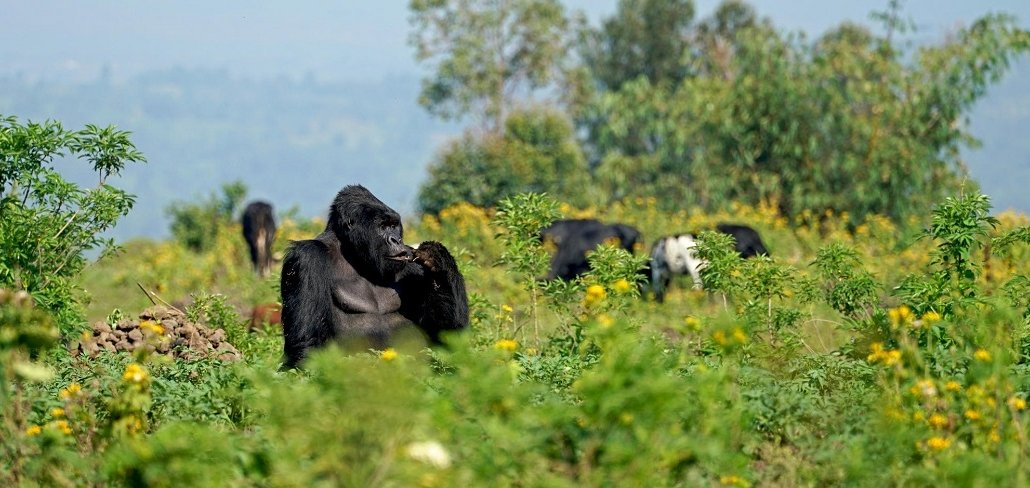
Political/civil unrest
Political or civil unrest remains the main challenge to gorilla tourism. A case in point is the Democratic Republic of Congo where gorilla tourism in the Virunga National Park/Kahuzi-Biega N/P has not stabilized for years.
Climate change
Climate change is a global challenge and has a great impact on the natural vegetation and general condition in gorilla habitats. Changes in climatic conditions can negatively cause severe impact their food supply. It should be noted that mountain gorillas or other gorilla species largely depend on natural vegetation; leaves, roots, shoots, stems, fruits, etc as part of their diet.

